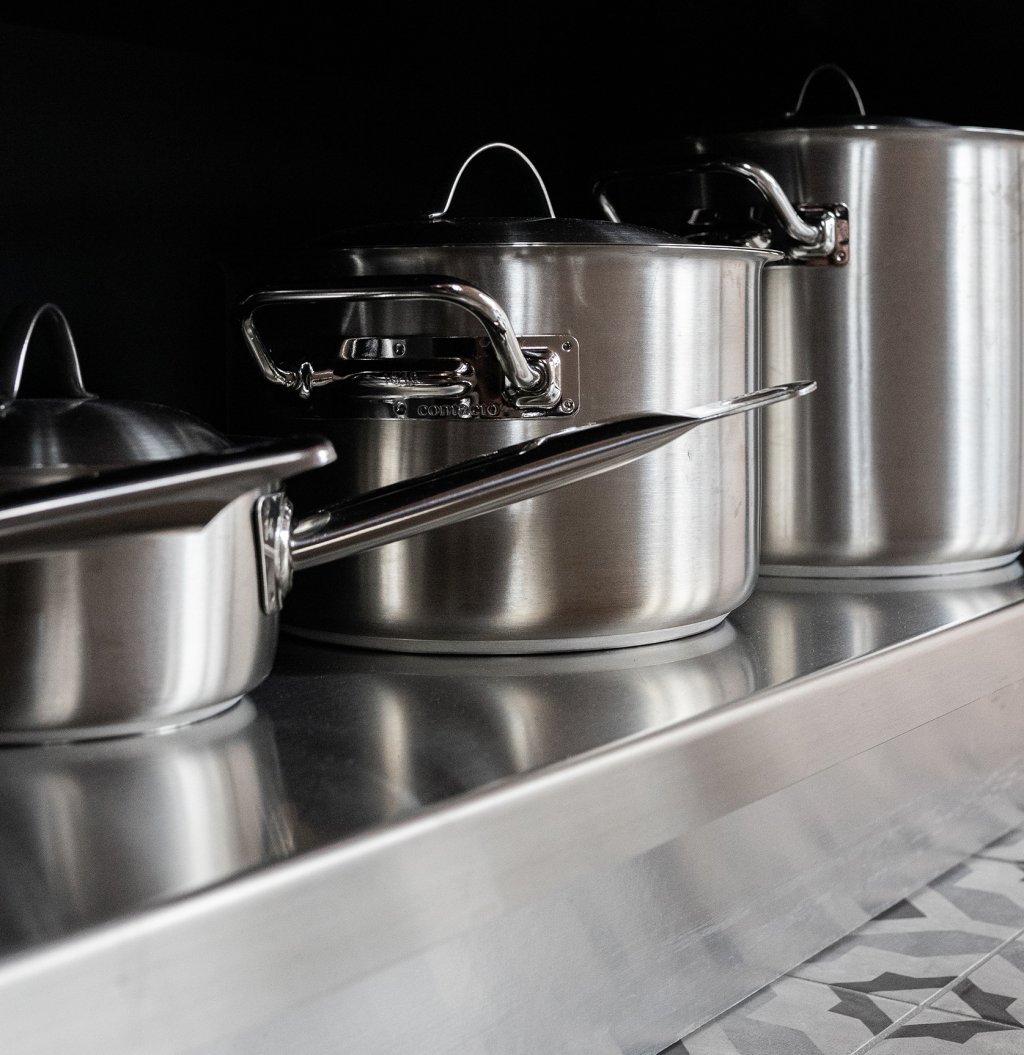
Stainless steel is a highly durable material used in sinks, oven fronts, hob tops, appliance facias, and even cabinet doors. While it may appear maintenance-free, it does require simple care techniques to keep its pristine appearance.
Kitchen Sink
To avoid future problems, it's important to choose a high-quality sink. Opting for a cheaper option may result in staining and even rusting of the stainless steel. Keep in mind that stainless steel with low nickel content is more prone to rust when exposed to mild acids like vinegar. Stronger acids, such as those used in photo processing, can also have a negative impact on all types of stainless steel.
Furthermore, sinks with low nickel content may be weaker and susceptible to distortion, especially when dealing with the weight of water and heavy pots during dishwashing. It's worth investing a bit more for a sink made from 18/10 stainless steel (18 parts chrome to 10 parts nickel), as this offers good quality for kitchen use. If the surface of the sink has a high gloss mirror finish, it indicates a lower nickel content and therefore a lower quality product.
Cleaning
In case of any spills containing acids, like vinegar or grapefruit, it's important to wipe them away immediately. Avoid using abrasive cleaners on the sink or draining board. Instead, clean them with a mild liquid detergent in warm water and a soft cloth to remove water drop marks. The same care should be extended to stainless steel appliance facias and cabinet fronts. If you opt for stainless steel cabinets, choosing a "brushed" surface finish will make grease from fingerprints less visible.